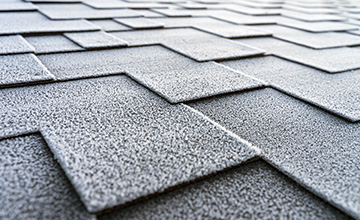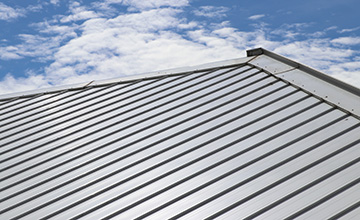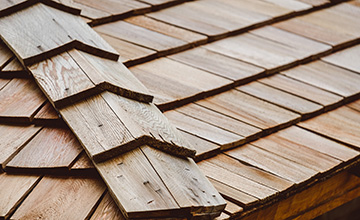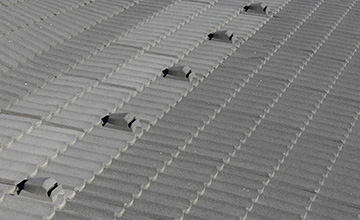Leaks, loose flashing or damaged shingles signal when your roof should be fixed — before it fails.
It would be great if you could tell the need for a new roof with a sure sign, like buckets in a living room catching a downpour.
In real life, homeowners hope to know long before then that they should replace a roof. But they also don’t want to spend $5,000 or $10,000 unless they have to. It’s all proactive. The last thing you want to do is replace drywall and paint.
So how does a homeowner not only know when a roof is about to fail but also catch it before it does? Start by considering the age.
Tile, slate and metal roofs can last a lifetime, but asphalt shingles, which cover an estimated 75% of U.S. homes have a limited life span.
Most asphalt roofs start to fail in 15 to 20 years. The older a roof, the more it requires inspection — especially along peaks, valleys, penetrations and edges.
Homeowners should examine their roofs for key signals, say experts.
Leaks
Water damage in the home or attic is the clearest sign of roof failure. But a leak alone isn’t conclusive proof that an entire roof needs to be replaced. Be sure that the leak isn’t due to poor flashing around a skylight, chimney, vent or other penetration of the roof. Such a problem can be fixed without replacing the entire roof.
Light in the attic
A thorough inspection of the roof should include looking under the roof. Cracks of light in a dark attic often point to thin or exposed spots in the roofing above, although make sure the light isn’t coming from vents — which is normal.
Granule loss
Asphalt shingles are typically constructed of fiberglass or felt mats covered with asphalt and topped with ceramic granules, which protect the roof against the rays of the sun. As the shingles age, granules loosen and run off. Look for smooth shingles or granules collecting in gutters.
Damaged shingles
Cracked, missing or curled shingles are more signs of roof aging. A few damaged shingles might not be serious or might be repaired, but a roof full of such shingles could be vulnerable to leaking.
Loose shingles
Asphalt shingles are designed to stick firmly to the shingle below it. As the seal weakens, wind can blow water and debris under the shingles, causing further deterioration.
Algae and moss
Although they can be unsightly, algae and moss growth on a home aren’t themselves causes for alarm. But, over time, both can eat away at granules, weakening the roof shingles.
Loose flashing
Flashing is the metal flange placed around any penetration of the roof, as around a skylight, vent or chimney. Over time, flashing can pull away from the roof, leaving gaps that water can run into.
Check to ensure that flashing is firm to the roof and under shingles above skylights, vents and chimneys. That often happens is it’s not your shingles per se reaching the end of life, but everything else does.
For more information on roof replacement, contact SB Roofing.
Columbus Dispatch
ABOUT SB ROOFING
Commercial and Residential Class A Contractor
Here at SB Roofing, we are dedicated to providing quality products, craftsmanship, and service. But, more importantly, we want to assure that you are completely satisfied with the job we do for you.
We are experienced providers of the industry's most secure residential roofing solutions, providing Hampton Roads homeowners with over 25 years experience. From immediate roofing estimates to quick service to final clean-up, we have built our reputation on protecting your most important investment - your home!
We pay special attention to detail by having continuous job supervision and highly qualified installers on every job. Also, SB Roofing maintains discreet relationships with roofing manufacturers and distributors, allowing us to provide you with the best prices, availability and selection at all times. And our work is backed by a full warranty that covers labor & materials.




